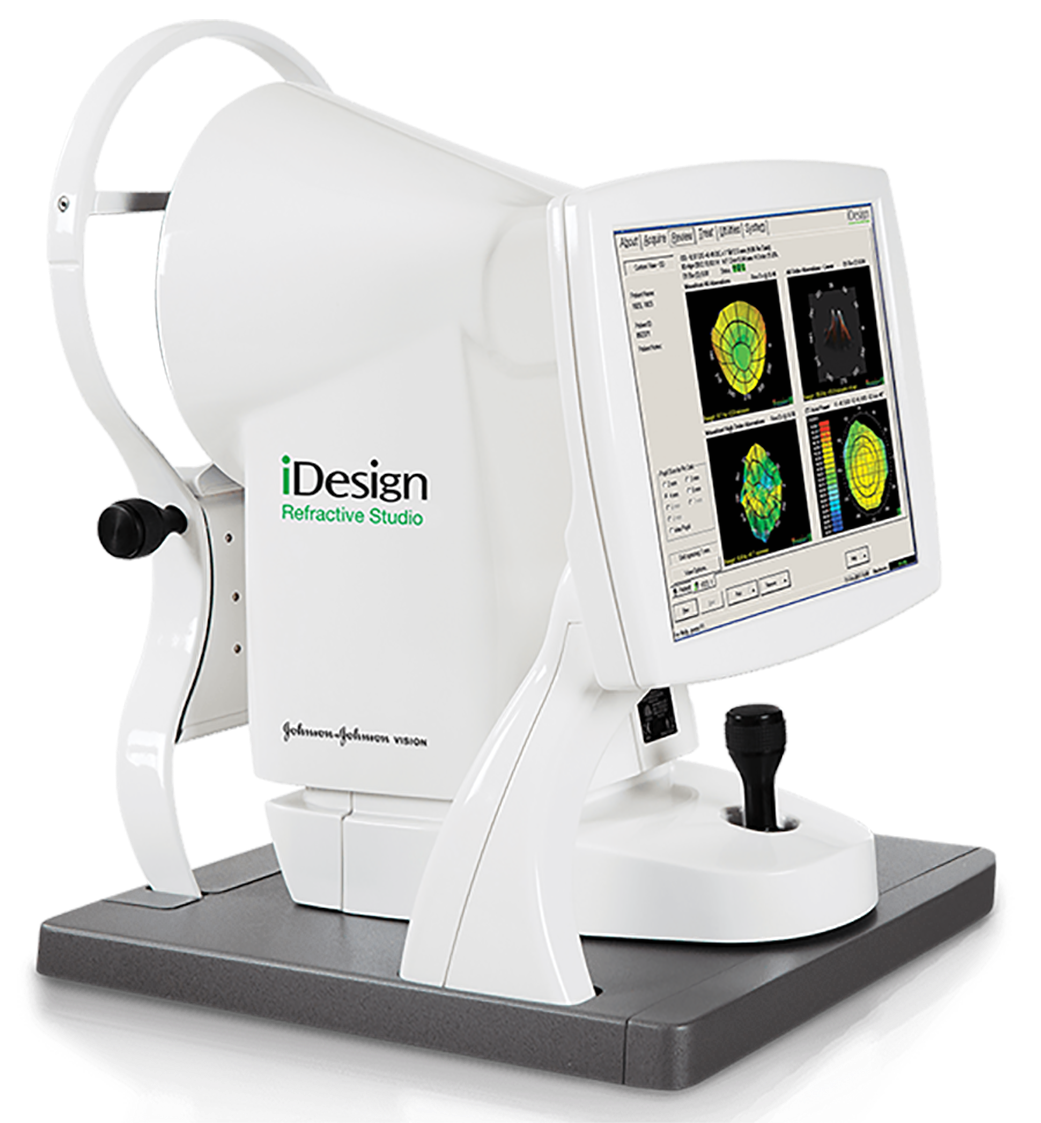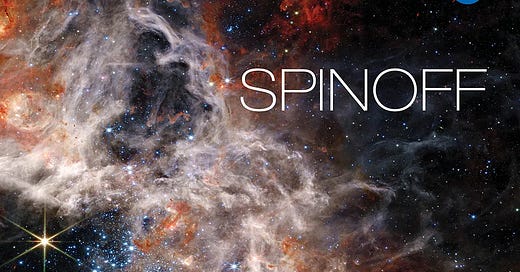NASA Spin-Offs In Our Lives
Space isn’t far away — it’s already in your phone, your bed, and even your water bottle. Discover 8 amazing technologies born from NASA missions that are changing everyday life on Earth.
Issue: 134. Subscribers: 64, 461.
Space is closer than you think. Every day you use technologies that were once developed for rockets, satellites, and interplanetary missions. Navigation, smartphone cameras, thermal protection — all this comes from there, from orbit and above.
In general, science is an unpredictable thing. Once electricity was just a scientific research, but today it is the basis of everything, including satellites and interplanetary missions. Conversely, it is difficult to guess where the development of an idea will lead, especially if it was invented for space.
In Space Ambition, we want to show that space is not only about distant planets, but also about opportunities nearby.
Perhaps you already have a business or you are working with a technology that can be used in a new way. We have collected examples of developments that were born in space — and now work at home, on the street and in our pocket.
Space technology has improved laser vision correction — and this is no joke.
The same algorithms that were used to fine-tune the mirrors of the James Webb Space Telescope formed the basis of the ophthalmic diagnostic system used in laser vision surgery (LASIK). WaveFront Sciences adapted NASA's developments to create a high-precision eye analysis system, which was then acquired by Johnson & Johnson Vision. Today, this technology is a key part of the iDesign Refractive Studio platform.
The system allows you to take an "optical fingerprint" — a unique map of the visual pathways and the curvature of the cornea of a particular patient. This gives surgeons the opportunity to make individually accurate corrections and achieve high efficiency of operations. According to Johnson & Johnson, indesign technology is already used in 47 countries, and it has been used to perform more than 18 million successful LASIK operations!

The Pump That Saves Lives
The MicroMed DeBakey VAD is a compact assistive device that pumps blood throughout the body and supports the lives of critically ill patients while awaiting a heart transplant. It is also called the "bridge to transplantation."
The idea of a miniature pump was born thanks to an unusual dialogue: Dave Socier, a NASA engineer from the Johnson Space Center, discussed with renowned cardiac surgeons Michael Debakey and John Noone the similarities between the circulation of fuel in rocket engines and the movement of blood through blood vessels. As the scientists themselves noted: "The flow in a rocket engine is faster than the blood flow, but it is surprisingly similar in its physics."
In 1996, NASA patented the development and granted an exclusive license to MicroMed Technology. In just two years, the company has been certified, finalized the system, and received approval for clinical trials in Europe. In 1998, a 56-year-old man was first implanted with a MicroMed DeBakey VAD, and from that moment on, the device became a real chance of life for thousands of patients around the world.

Martian Habitat On Earth
In 2019, NASA launched the 3D Printed Habitat Challenge, where the startup AI SpaceFactory received a grant to develop technologies for Mars. Their MARSHA solution, the Mars—oriented housing module, has shown that it is possible to create homes on Mars from Martian soil, which will allow you to build homes in hard-to—reach places and save resources.
But more importantly, these developments have found application on Earth. Already in 2020-2021, AI SpaceFactory launched the TERA project, an eco—friendly housing built using their own 3D printers and the same bio-polymers that were used for Mars. In 2023, the company launched commercial printers. First, the robotic ASTRA, then a series of large Starforge machines created according to space printing principles. Now their printing is not just an eco-house, it is an industrial solution for large—scale construction on Earth and in space.
Read more in our article about Martian habitats.

Hands-Free Phone Case Flipstik
Does your phone stick to the wall like a spider too? American enthusiast Akim Shannon came up with this "Velcro" Flipstik after a conversation with his uncle, a NASA engineer. He learned about geckos—or rather, about NASA's scientific development inspired by them: microscopic fibers that cling to the surface due to Van der Waals forces. These are weak molecular attractions that occur when objects touch at a very short distance. A gecko has millions of microscopic hairs on its paws. Together they create a strong grip.
The scientist thought: what if you stick the phone on the wall in this way? After a bit of experimentation, he founded Flipstik Inc. in 2018 and released an accessory of the same name. Synthetic "setae" — micro hairs with Velcro — securely hold your smartphone on the bathroom mirror or on the back of an airplane seat. Do you want to take a Tik Tok or a shared selfie without a tripod? Please: Flipstik can firmly stick your phone to almost any surface. Space technologies!
Space Thermoregulation Slumber Cloud
Do you like to sleep deeply? Perhaps it will turn out even better thanks to NASA. The temperature outside space suit can range from minus 100 to plus 100 degrees Celsius, and back in the 1980s, engineers were looking for materials that would help maintain a comfortable climate for humans. This is how special phase materials appeared. They absorb excess heat, turning into a liquid state, and when it gets cold, they solidify and give heat back. NASA has tested this technology for spacesuit gloves. It turned out to be more convenient to use the active heating and cooling systems built into the suit.
And although the invention was not needed in space, the technology got to the terrestrial market. Today, the American company Slumber Cloud weaves the same material into the fabric of sheets, pillows, and mattress pads. Your bed linen literally adapts to your body temperature, cooling you on a hot night and warming you on a cold one.

CMOS Sensor — From Space To Your Smartphone
Today, you take pictures on your phone, without thinking that the camera uses technology born in the bowels of NASA. Modern CMOS sensors were developed at NASA's Jet Propulsion Laboratory under the supervision of engineer Eric Fossum. The main innovation is that each pixel processes the signal independently, making the camera lighter, more compact and more energy efficient. This was a real breakthrough compared to previous Charge Couple Device arrays.
Initially, the technology was created for space — compact sensors were necessary for small satellites and space probes. Then Fossum and his team founded Photobit, licensed the technology to such giants as Kodak and Intel, and CMOS became the world standard. Today, sensors created thanks to NASA research are found in almost all smartphones and cameras, from iPhones to Sony and Samsung cameras.

Filters From NASA Are In Your Water Bottle
Water on the ISS is one of the key resources. Special equipment is installed on the ISS, which condenses moisture from the air and also cleans the liquid that has already been used. The search for a solution for water purification on board the ISS led NASA to create an innovative filter material, NanoCeram. This technology has emerged as a result of Argonide's work with the support of NASA: it is based on positively charged filaments capable of trapping the smallest pollutants, including viruses and heavy metals.
Today, NanoCeram is also used on Earth. Ahlstrom-Munksjo sells this technology under the Disruptor brand, and in Pod+ bottles from nkd LIFE, these filters provide travelers and citizens with safe drinking water. Now, a space-based solution that has been tested on the ISS also works on Earth and can be a lifesaver in regions where clean water is still a luxury.
Cosmic Microbe In Anti-Aging Cream
While exploring deep space conditions, NASA discovered an unusual microbe in the Jet Propulsion Laboratory, Bacillus pumilus SAFR-032, capable of surviving extreme radiation levels. This discovery attracted the attention of Liberty Biosecurity, which licensed the strain and singled out startup Delavie Sciences for its commercial use.
The result was the development of Bacillus Lysate, a microbe-based ingredient that is now used in anti-aging products and sunscreens. Formulas with this component help protect the skin from UV rays and slow down the signs of aging.
Who would have thought that a microbe capable of surviving in space would become an ally in the fight for healthy and youthful skin on Earth?

Space exploration is not only about distant galaxies and spectacular rocket launches. It’s also about improving life here and now. Behind every discovery, every mission, there are technologies that eventually find their way into our hospitals, homes, pockets, and even skincare routines.
The next time you take a perfect photo with your smartphone, enjoy a good night’s sleep, or drink clean water on a hike — remember that you’re using a space technology.
At Space Ambition, we believe that the future of space is not just out there, but within reach. Perhaps the next big leap will come not from another planet, but from your idea inspired by the stars, made for Earth.
If you want to discuss with us how your space technology can be used on Earth, or your Earth technology in space, shoot us an email via hello@spaceambition.org.








